Bombers Yakovlev. Yak-2 and Yak-4
Indeed, as shown by personal interviews, 99,9% of people associate the name of the designer Yakovlev exclusively with fighter jets.
That's the way it is, and the Yak-9 really needs to be considered the air symbol of Victory on a par with the T-34. But today I would like to talk about Yakovlev Yak-2 and Yak-4 bombers. They deserve it, because the cars came out extraordinary, and if it were not for the war, their fate could have been completely different.
But - in order.
Of course, let's start with the associations of that time. Yakovlev is something beautiful and light. Yes, indeed, Yakovlev's planes differed in some charm, and since the designer worked mainly on small planes, then God himself ordered to be light and fast.
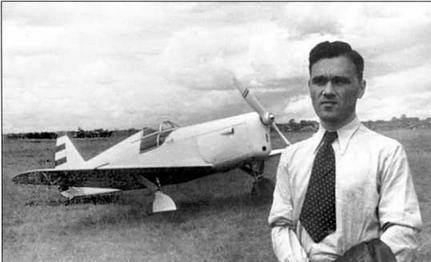
Well, the gift of the designer Yakovlev had a place to be.
It is worth saying a few words about the era itself. The airplane of the First World War finally turned into a plane and “got on the wing”. And, if we talk about dates, then at the turn of 35-36 the monoplane scheme finally took over the biplanes.
Airplanes grew faster, flew higher, raised more and more. There were new ideas for the development of aircraft, beyond the usual fighter, bomber and reconnaissance concepts.
One of the ideas of that time was the concept of a certain universal multi-purpose aircraft, for which in the future the possibility of “working” in different directions was considered. The fact that this aircraft would have to perform the functions as a fighter escort bomber, reconnaissance aircraft, light bomber or attack aircraft, determined the twin-engine scheme and crew in the 2-3 man.
And before World War II, quite a large number of such aircraft appeared in different countries. Potez 630 and Brege 691 in France, Messerschmitt Bf110 and Focke-Wulf FW189 in Germany, PZL P-38 Wilk in Poland, Fokker G1 in Holland and Lockheed P-38D Lightning in USA.
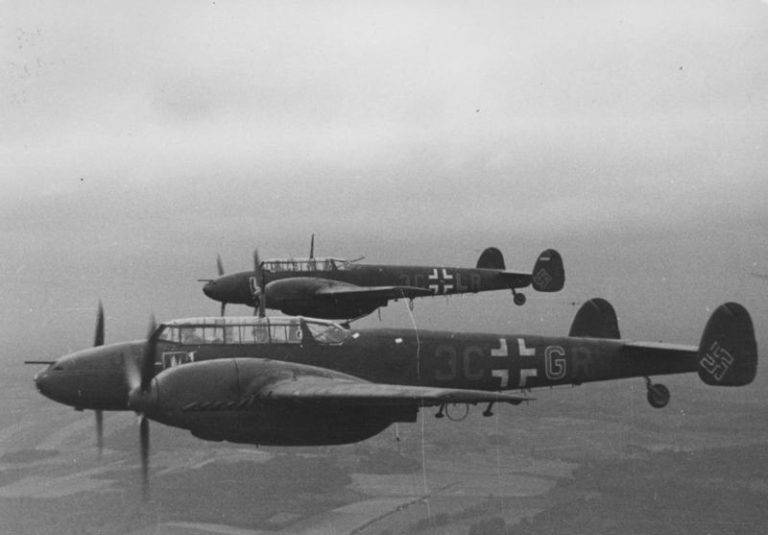
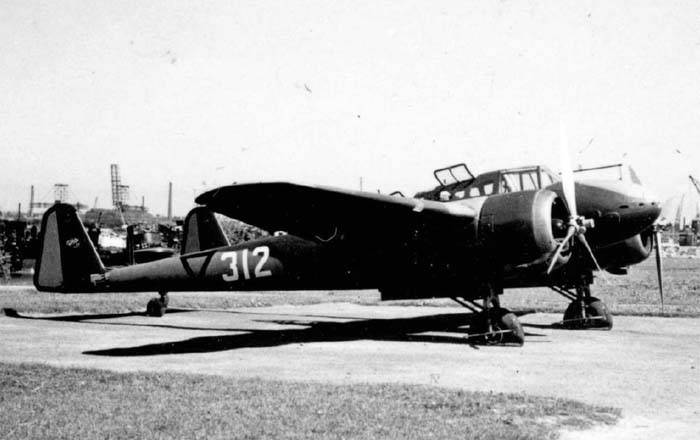
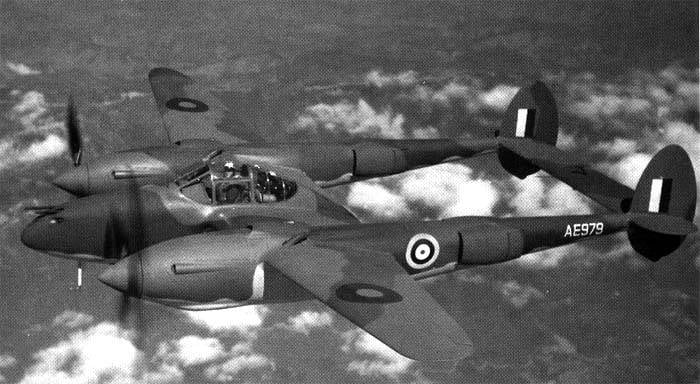
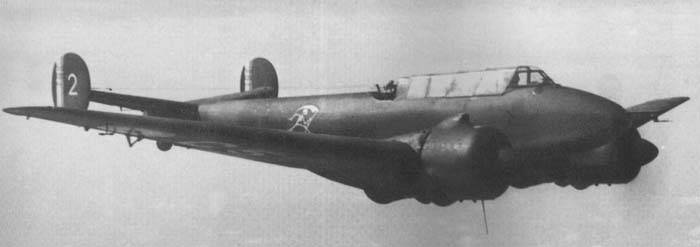
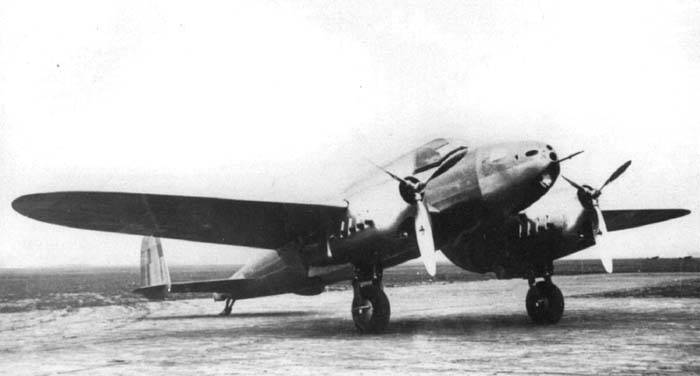
The Soviet Union did not become an exception; moreover, developments in this area have been conducted since the beginning of the 30s. Two-engine multipurpose fighters MI-3 and DIP designed by A. N. Tupolev were designed and built.
The WIT-1 aircraft and then the WIT-2 aircraft were developed at the N. N. Polikarpov Design Bureau.
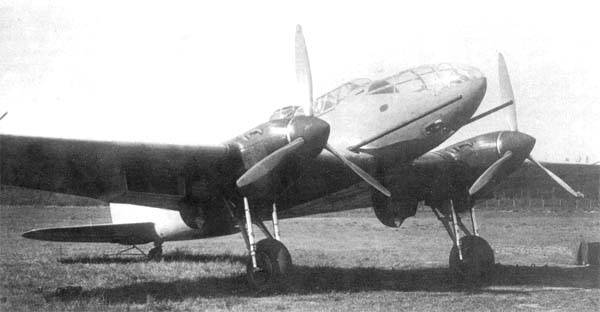
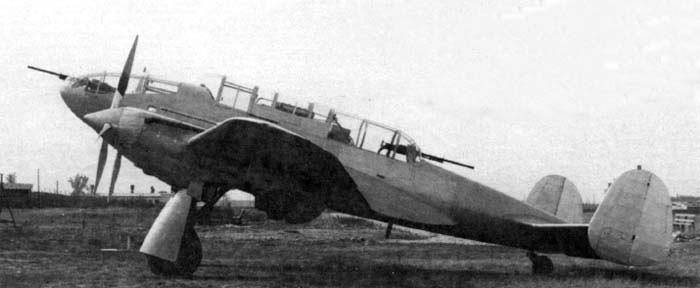
In Yakovlev Design Bureau quite fruitfully engaged in light-motor aviation. And the very idea of working on a twin-engine aircraft was very bold, given the fact that the draft training twin-engine UT-3 failed.
The author of the idea to create a twin-engine multipurpose aircraft is Leon Shechter.
Leon Mikhailovich approached the question in a very original way. He believed that the aircraft could achieve maximum efficiency while obtaining the highest flight speed, which the minimum dimensions of the aircraft and two powerful engines should have ensured.
Powerful engines are M-103 rated at 960 l. with. Well, what to do, we had problems with aircraft engines at that time.
However, the educational and sports approach, as it turned out, can bring success. With a flight mass of 4000 kg, the unit load on the power turned out to be extremely low - only 2,05 kg / hp. Design data.
For comparison: the I-16 type 24 - 2,09 kg / hp., And the "Messerschmitt" Bf 109E-3 - 2,44 kg / hp.
In order to maximally facilitate the construction, the fuselage was made of steel pipes, and the wing was wooden and one-piece. That is, nothing new for the Yakovlev Design Bureau.
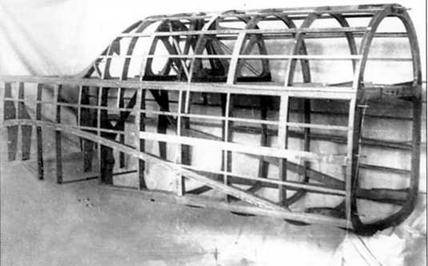
The car came out very streamlined and with good aerodynamics. Much has been done to reduce air resistance. The engine cooling radiators were moved to the back of the engine nacelles. The cockpit of the navigator / observer / gunner was inscribed in the contour of the fuselage.
This somewhat complicated the firing of a machine gun that protects the tail, since for firing it was necessary to lower the front part of the gargrot and open the lantern.
But due to good aerodynamics, the Design Bureau planned to get the maximum speed of about 600 km / h. For the end of 30's, this is an achievement. The stock of fuel in the two fuselage tanks should have been enough for 800 km.
Speed was considered more important than machine guns, and, in principle, for good reason. British Mosquito terrorizing Germany at the end of the war, in general weapons not carried.
The priorities in the development of the aircraft were as follows:
1. Fighter (necessarily with gun armament).
2. Scout.
3. High-speed bomber.
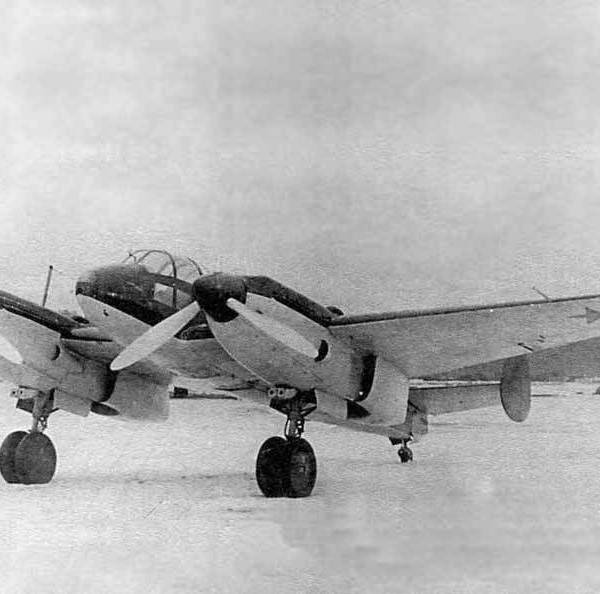
Initially, the fighter’s weapons consisted of a ShVAK cannon and a ShKAS machine gun. But already in the course of the work of the fighter, it was decided to strengthen. Two ShVAK cannons were placed in the ventral fairing, a ShKAS machine gun in the nose fairing and two ShKAS machine guns in the engine cylinder camber, firing through the hubs of the screws.
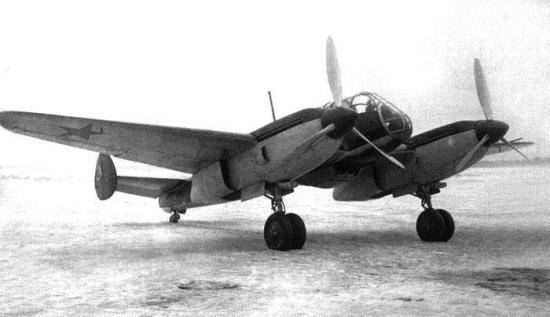
The crew of the fighter reduced to one pilot.
On the scout they planned to mount the AFA-19 camera and the Dvina radio station. In the rear cockpit, a special “bedding” was provided with a porthole in the floor for visual observation.
The reconnaissance armament was supposed to include 8 aerial bombs weighing 20 kg or light bombs in the fuselage bomb bay, one mobile and one fixed (in the nose of the fuselage) ShKAS machine guns.
The armament of the bomber was also provided for very light. The same two ShKAS with ammunition in 1000 cartridges as on the scout.
The bomber was notable for the lack of photographic and radio equipment and a reduced fuel reserve. Due to this, he was able to carry six 100-kg high-explosive bombs.
Initially, in all three versions, the car was designed double with the location of the navigator-gunner in a separate cabin in the middle part of the fuselage.
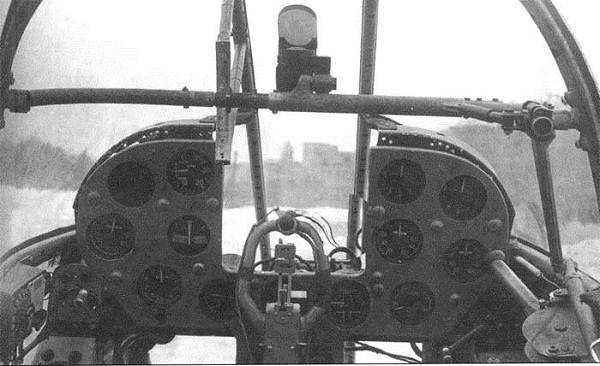
An increase in the flight range and armament naturally led to an increase in the flight weight of the aircraft by a whole ton (up to 5000 kg, empty mass - 3700 kg).
We had to slightly increase the area (up to 29,4 sq. M.) And the wingspan (up to 14 m), but the specific load on it increased and became excessive in terms of then-170 kg / sq. m. It was not for nothing that the pilots subsequently noted that with the engines turned off, “the machine plans a stone.”
Already in the first flights, the car reached the speed of the instrument over 500 km / h - more than most fighters of that time. But the defects were above the roof. Oil overheated, water temperature exceeded permissible limits, tanks and gas pipelines flowed.
But over time, malfunctions were eliminated. And when, during the test flight, Yakovlev YVL’s chief pilot Yulian Piontkovsky showed a staggering speed in 572 km / h, everyone understood that the car was a success.
Even taking into account amendments and errors, the aircraft overtook the SB (high-speed bomber!) By more than a hundred kilometers per hour, and it’s no secret that many single-engine fighters of that time would have been very difficult to catch up with the “22”.
JV Stalin became aware of the successful and interesting aircraft. The aircraft took part in the 1939 May Day air show.
During state tests, which began on 29 in May on 1939, the overheating of the engines, the unsatisfactory performance of the brakes, the hydraulic system and other aircraft components appeared again.
In general, the all-in-one concept began to crackle. Military experts attempted to form such a system of requirements so that an airplane could be obtained that could replace the SS. But №22 was much smaller than the SB ... The leapfrog started: moving the navigator’s cabin forward, so as not to mount the SPU, the bomb compartment shifted back, the transfer of gas tanks caused a decrease in the flight range ...
And here the NCAP Commission made a huge mistake, in my opinion.
If the commission had decided the fate of №22 in the form of a scout, all this nightmare wouldn’t have been necessary. The Scout did not require these transfers. But the Red Army Air Force did not need scouts and spotters. Unfortunately.
Moreover, reconnaissance determined pilots from fighter and bomber aircraft from among those poorly mastered piloting techniques and the like.
The material part of the intelligence of the Red Army Air Force consisted of, to put it mildly, veterans Р-5, Р-Z, Р-10 and СБ (at best). No wonder the People's Commissar for Defense Voroshilov, speaking at a party congress, said that reconnaissance aircraft had halved.
But when commanders of all levels after 22.06.1941 urgently needed "eyes" behind the front line or around their units, everything fell into place. The already weak and few reconnaissance aircraft actually ceased to exist.
Best illustration: “Sky of War” by Pokryshkin and his story about how he was looking for German on a MiG-3 high-altitude fighter on a low-flying flight Tanks.
But back to #22. In March, 1940, the aircraft received the name BB-22 (short-range bomber) and went into a series.
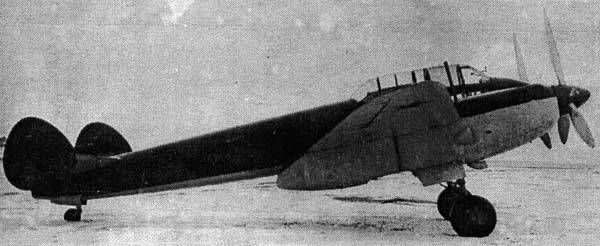
Serial production was carried out by the plant number 1 named after Aviakhim, one of the most powerful in the country. Surprisingly, the assembly of the aircraft was so disgusting that the maximum speed at an altitude of 5000 m dropped to 515 km / h. Numerous slots around the hatches, between the hoods, landing plates and the wing spoiled the aerodynamics of the aircraft. Fastening of plywood to the frame was carried out on screws with washers without subsequent finishing, while the test aircraft was putty, embroidered and polished after dyeing. The serial car had the color of natural plywood and duralumin, because before testing it was not painted at all!
It is difficult to say what caused this attitude, “zabronzovevshy” (in those years?) Plant director P. A. Voronin, or a small order of the first series in the 242 aircraft. But the plane began complaints and complaints.
It is difficult to understand why the management of the plant number 1 (Director P.A. Voronin) so disinterestedly reacted to the car of Yakovlev, who in January 1940 became Deputy Commissar of the aviation industry for experimental aircraft construction. Perhaps it is too accustomed to a quiet life, adjusting the large-scale production of fighters And-15, and later And-153. Probably, the plant was busy preparing for the production of the newest fighter I-200 (MiG-1). Perhaps the reason was the tiny order volume for the plant - the entire 242 machine. Be that as it may, as the serial construction of the flight data of the BB-22 not only did not improve, but became worse and worse.
Yakovlev himself by that time already had neither the time nor, obviously, the desire to deal with the fate of the BB-22. He was completely absorbed in the work on the I-26 (future Yak-1) and his pairing UTI-26. Plus, the duties of the NCAP deputy secretary.
LTH:
Modification: Yak-2
Wingspan, m: 14,00
Length, m: 9,34
Wing area, м2: 29,40
Weight, kg
—An empty plane: 4000
—Normal takeoff: 5380
Engine type: 2 x M-103
—Power, hp: 2 x 960
Maximum speed km / h: 515
Practical range, km: 800
Rate of climb, m / min: 650
Practical ceiling, m: 8900
Crew: 2
Armament: 2 x 7,62-mm ShKAS machine gun, up to 900 kg bombs.
The plan for the 1941 year included the construction of the 1300 bomber BB-22bis. In December, the aircraft with the M-103 engines were renamed the Yak-2, and with the M-105 engines - the Yak-4.
This did not affect the overall release of the aircraft. Quite the contrary - by 31 on January 1941, Plant No. 81 passed 50 Yak-4, of which only three flew. The planes were never brought to a combat-ready state, which in no way pleased the military. The situation was complicated, especially considering the fact that in the comparative tests of PB-100, Yak-2 and Yak-4, the Petlyakov bomber (the future Pe-2) exceeded Yakovlev’s cars in almost all indicators.
By government decree from 13 in February 1941, the construction of the Yak-4 aircraft was stopped. The overall release of the Yak-2 was 111 aircraft (all built 1940 of the year), the Yak-4 released a little less - 90 (27 machines in 1940 year and 63 - in 1941-m). 198 airplanes, some of which were used for testing, got into combat units.
Some managed to make war.
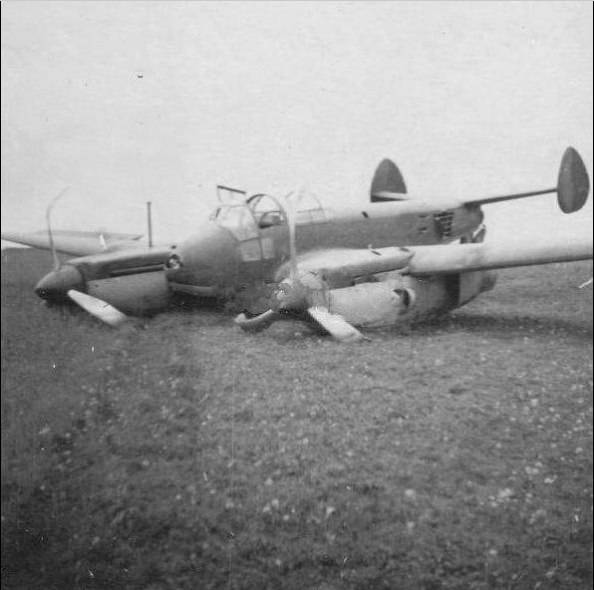
136-th BBO first began the development of the Yak-2. The regiment entered the war with 49 Yak-2, four Yak-4 and 36 trained crews. The hottest days were the first days of the war — the bombers were actively involved in bombing German forces in the South-Western Front and suffered heavy losses.
On 16 July, the regiment still had six Yak-2 and 16 crews. Until that time, the Soviet pilots had also distinguished themselves, knocking down five German fighters and destroying dozens of tanks and armored vehicles, but the days of the 136-th BBAP were numbered.
314 (31 aircraft and 20 crews) and 316 (19 Yak-2, 34 Yak-4, 6 trained crews) RAPs used their aircraft as bombers and as reconnaissance aircraft.
Several aircraft were in service with the 3-th RAP deployed near Baranavichy. From this amount by the end of July, no more than 17 airplanes remained. 316-th RAP quickly brought to the re-formation, arming with another type of scout.
The 314 th regiment flew on the Yak-4 for much longer - by taking on 1941 in August of an additional 18 of modified bomber, the pilots fought on them until early September.
It is reliably known that 30, the commander of the 207 of the DPAB, Lieutenant-Colonel V. G. Titov, lost almost half of his DB-3 in heavy fighting, requisitioned nine Yak-4 airplanes destined for the 314 of the RAP in the Borovsk aerodrome.
Among the last units operating the Yak-2 and Yak-4 are the 24th Red Banner BAP and the 118th RPA of the Northern Air Force Fleet.
Severomorsk fly on their Yak-4 until the year 1945. The rest of the “Yaks” either fell into the hands of the Germans during the retreat (mostly out of whack) or were used as false targets.
What can be said in the end?
Interesting car. The Yak-2 could become that very “eye in the heavens” for our troops, as did the “Focke-Wulf 187” for the Germans. We lacked aerial reconnaissance, especially in the first half of the war.
And here brought to the mind the Yak-4 could play a role. It is a pity, but it did not happen. It is difficult to say what was to blame, but probably in the complex. And the assembly, and a huge number of childhood diseases, solved, but still. And employment Yakovlev.
No, of course, the Yak-7, Yak-9 and Yak-3 were worth it. And it is wonderful that Petlyakov brought the "weave" to the heavens. However, it is a pity that the scouts and bombers of Yakovlev remained in stories as not implemented or not completed cars.
Sources:
http://www.aviarmor.net/aww2/aircraft/ussr/yak-2.htm
http://авиару.рф/aviamuseum/aviatsiya/sssr/bombardirovshhiki-2/bombard-1920-e-1940-e-gody/blizhnij-bombardirovshhik-yak-2-bb-22/
https://military.wikireading.ru/62425
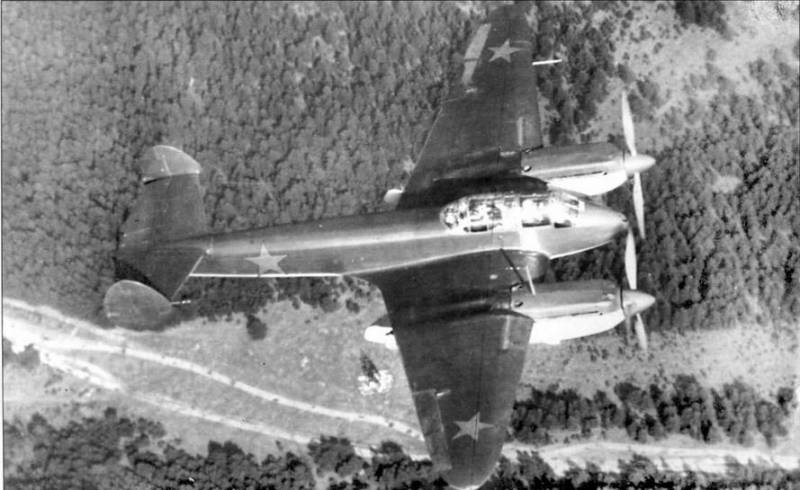
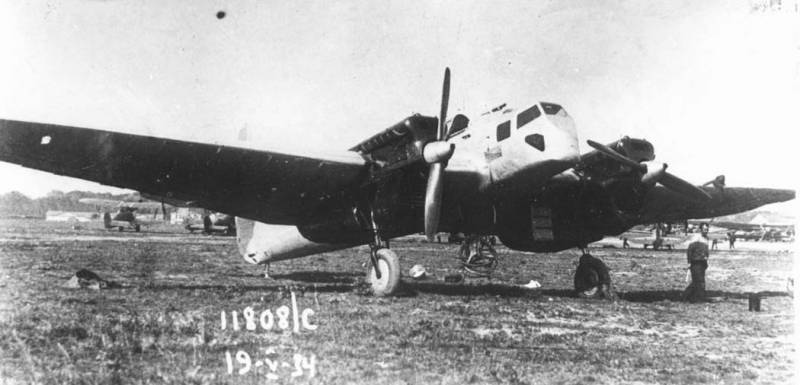
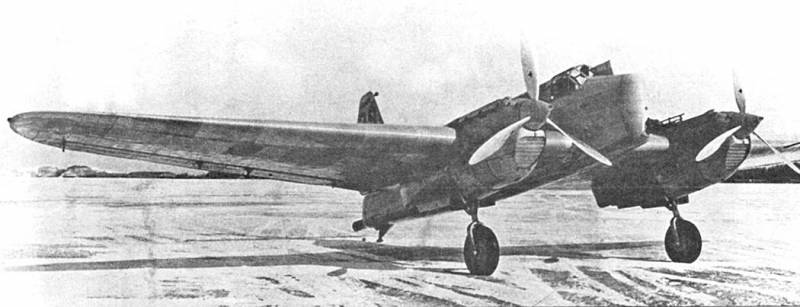
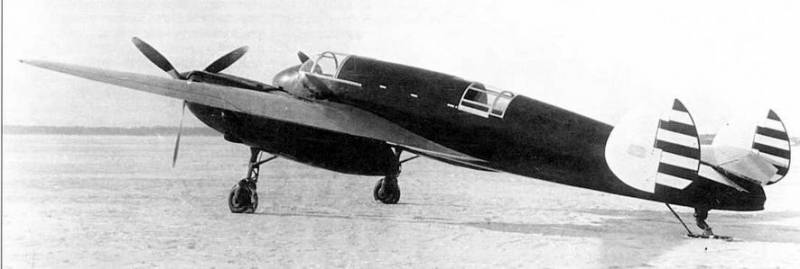
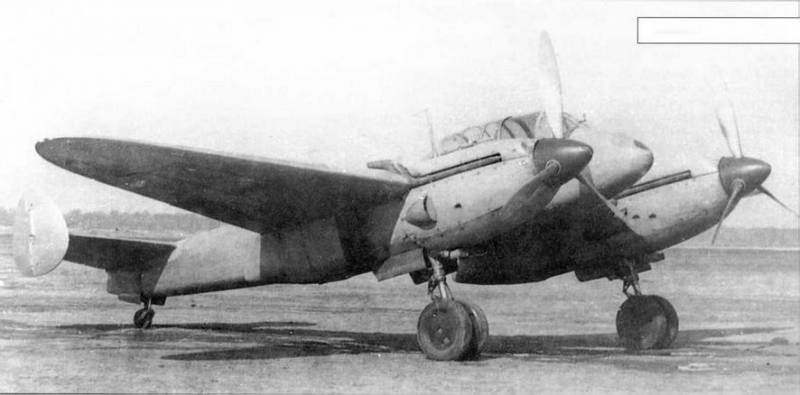
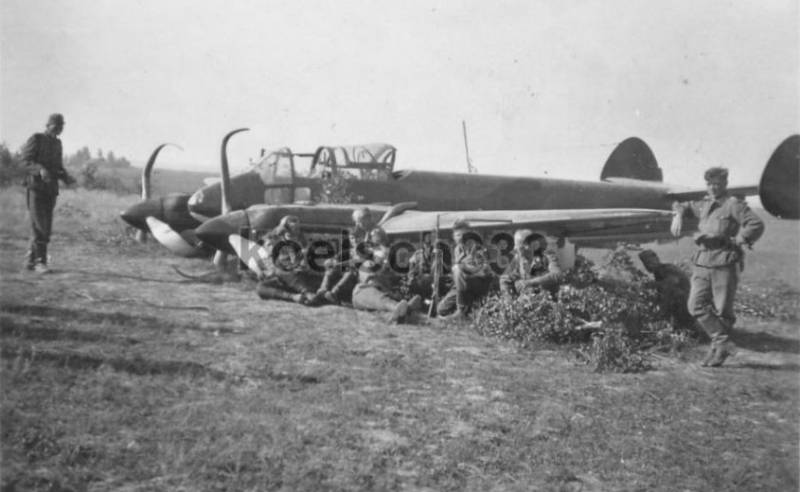
Information